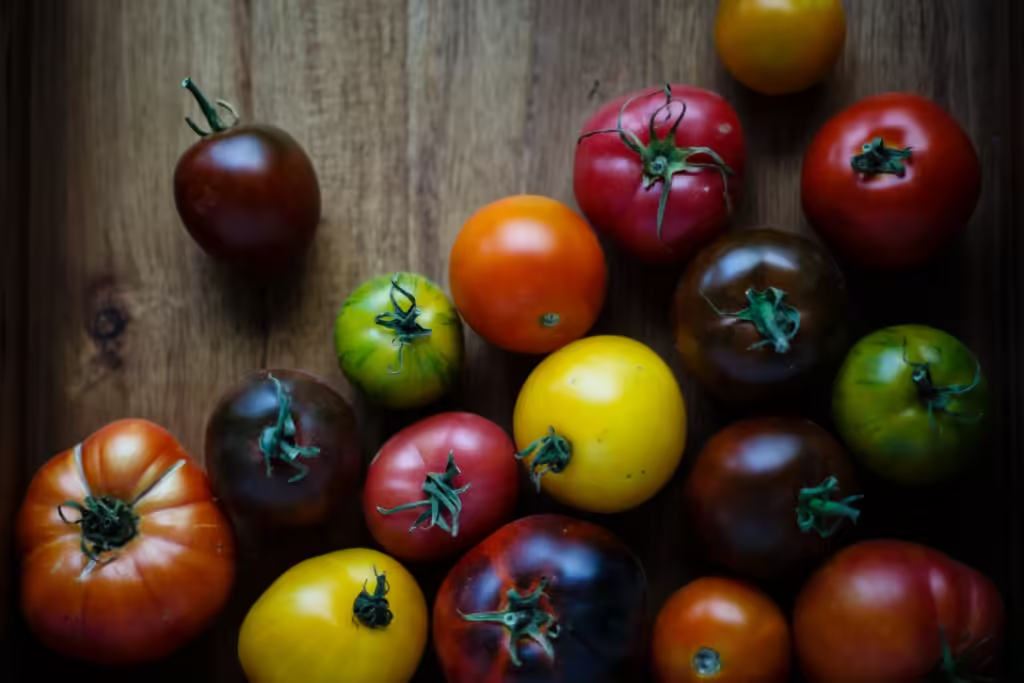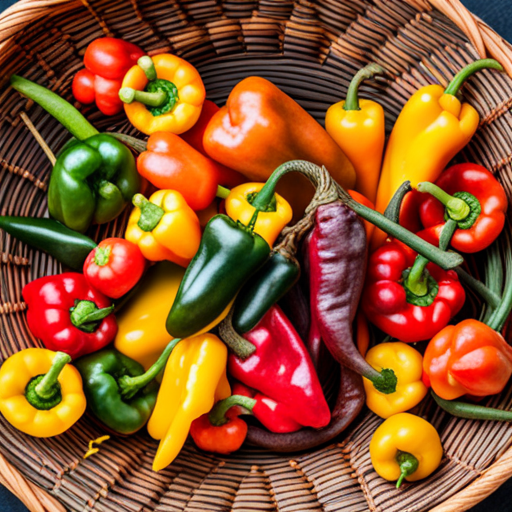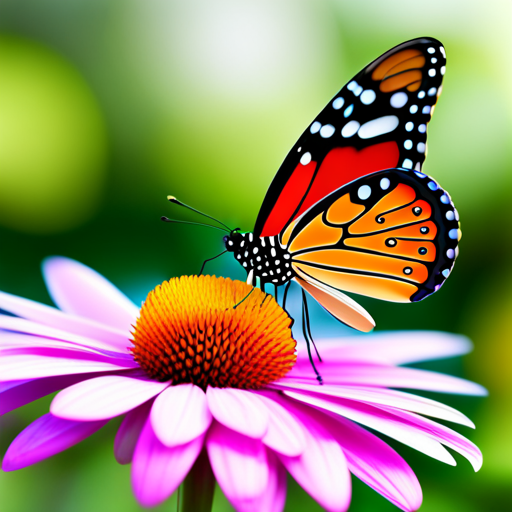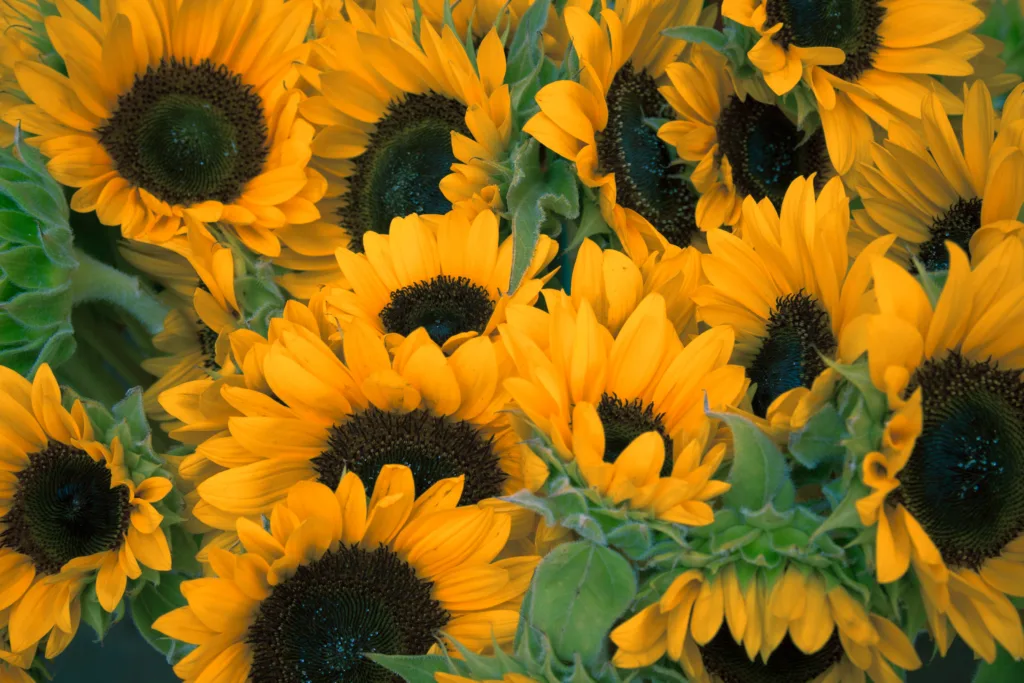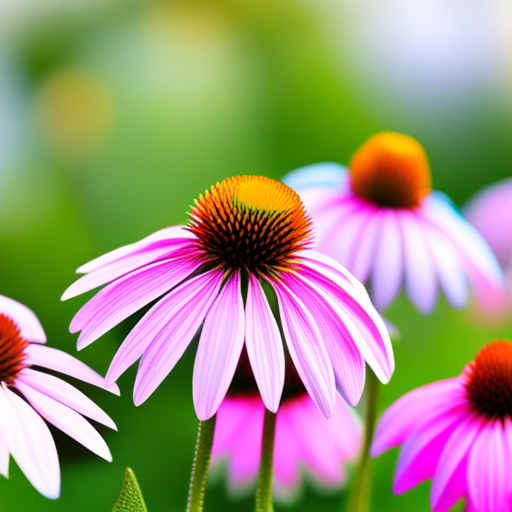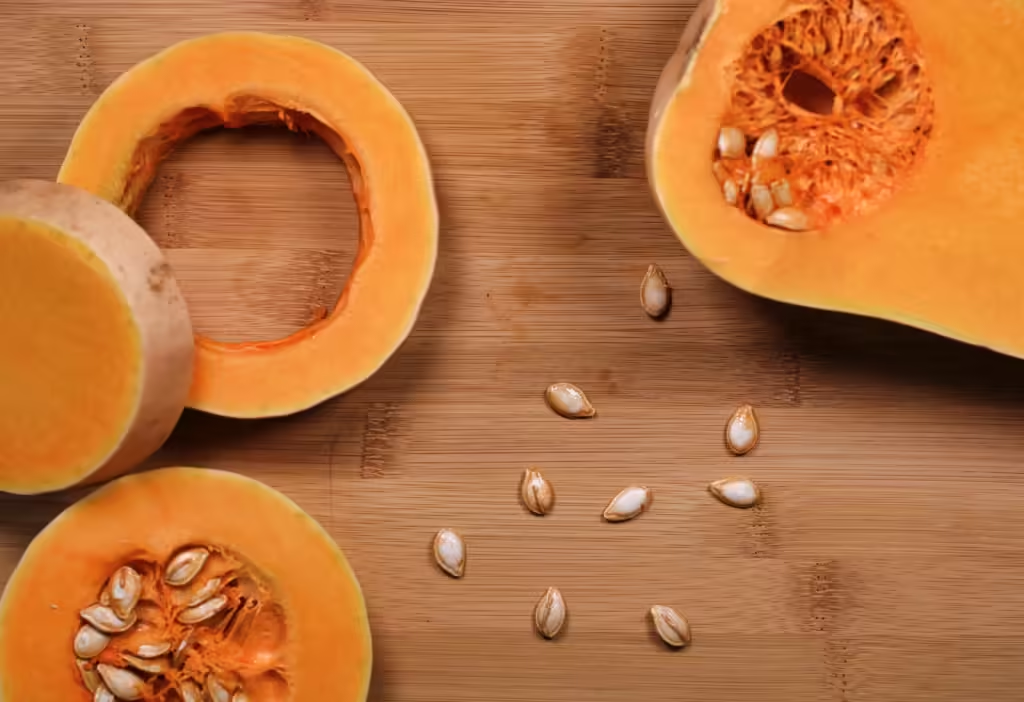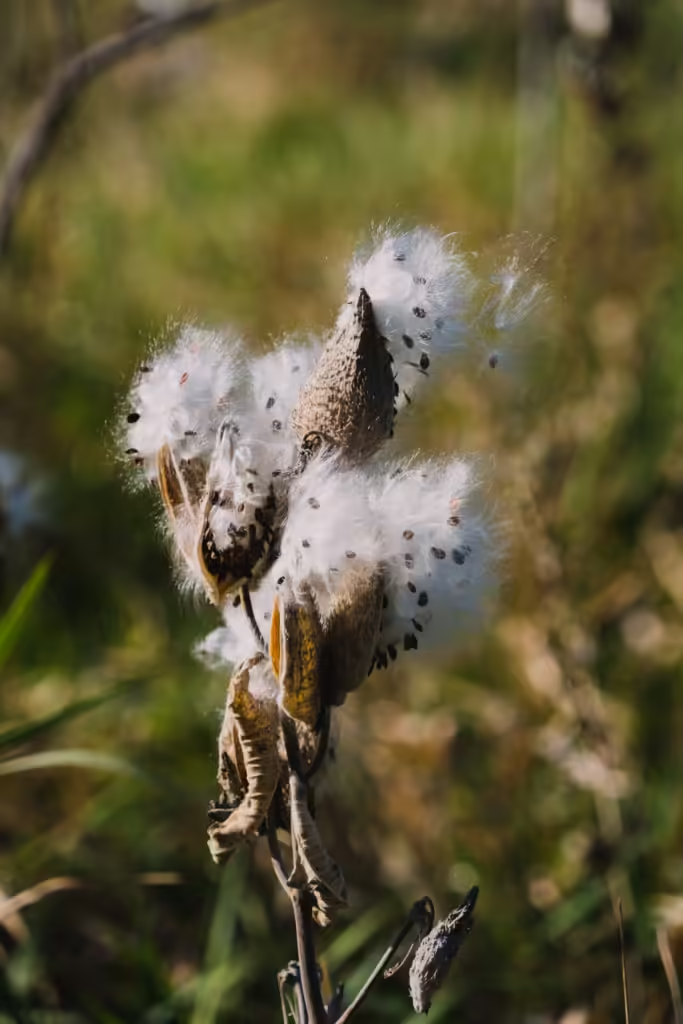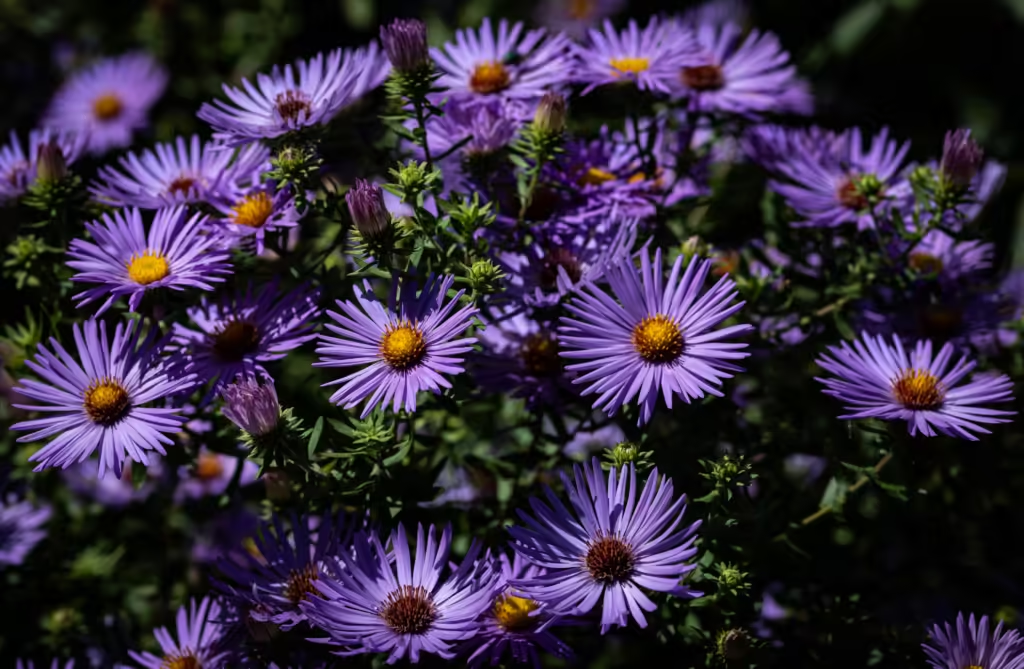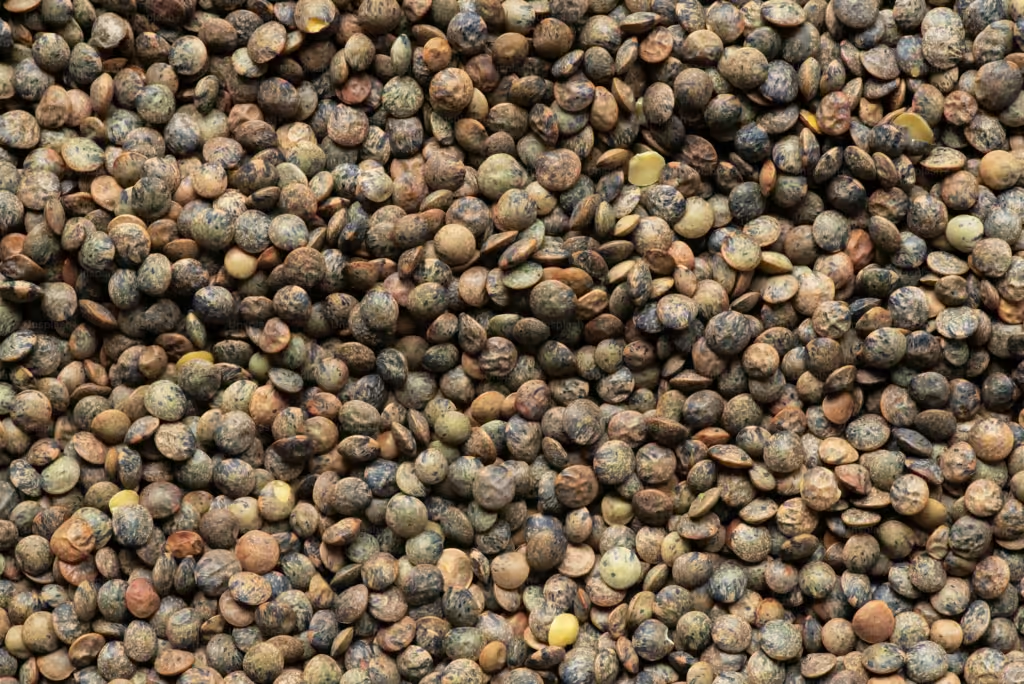
Saving okra seeds to plant next year is a rewarding way to carry on the flavors and success of your garden. Okra, a warm-weather crop that thrives in full sun, is easy to grow and even easier to save seeds from for future seasons. By understanding when and how to harvest, dry, and store okra seeds, you can ensure a productive crop year after year. Let’s explore the simple yet important steps to effectively save your okra seeds.
Harvesting Okra Seeds at the Right Time
The first step to saving okra seeds is knowing the perfect time to harvest. Unlike okra harvested for eating, which is picked while tender, seed-saving requires leaving the pods on the plant until they are fully mature and dry. Once the okra pods are left on the plant, they will begin to grow larger, harder, and eventually dry out. This stage can take several weeks past the eating stage, but waiting is key to ensure the seeds inside are fully developed.
Mature okra pods are dry, brown, and crack easily when pressure is applied. When you notice this on your plant, it’s time to harvest the pods for seed-saving. Choosing pods from the healthiest plants helps you preserve the strongest genetics, leading to a better crop next season. Simply cut the dry pods off the plant, ideally on a sunny day, to prevent any unwanted moisture from getting into the seeds.
Drying Okra Seeds for Long-Term Storage
After harvesting, it’s important to dry the seeds thoroughly to ensure they don’t mold or spoil during storage. Start by splitting open each dry pod over a clean surface or bowl. Inside each pod, you’ll find rows of seeds that easily separate once the pod is opened. Once you’ve collected the seeds, spread them out in a single layer on a tray, paper towel, or clean cloth.
Allow the seeds to dry in a warm, well-ventilated area away from direct sunlight. This process typically takes one to two weeks, depending on the humidity levels in your environment. Turning the seeds occasionally ensures even drying and prevents any chance of trapped moisture. The seeds should feel firm and dry to the touch when they’re ready for storage. By taking the time to properly dry your seeds, you’re setting them up for successful germination next season.
Storing Okra Seeds
Once your seeds are thoroughly dry, choosing the right storage method is key to preserving their viability. A popular option for storing seeds is using either glass jars or these paper seed envelopes. These are inexpensive, easy to label, and allow airflow, which helps prevent moisture buildup. Simply place your okra seeds in the jar or envelope, label it with the date and variety, and store it in a cool, dark place.
To keep your saved okra seeds and other seed varieties organized, consider using a dedicated storage container. An airtight container helps maintain a stable environment and allows you to store multiple seed types in one place. Plastic or metal containers with locking lids are ideal for this purpose, as they help block out light and provide a consistent environment. Inside the container, you can arrange your seed packets or jars by type or planting season. To take your seed storage one step further, consider adding a silica gel packet to your storage container. Silica packets absorb moisture, creating an ideal dry environment that helps seeds stay viable longer.
Keeping your seeds organized helps streamline the planting process when spring arrives. With clearly labeled envelopes or jars, you’ll avoid any guesswork and save time. Adding a silica packet to the container itself also provides extra moisture control, ensuring that the container remains a safe, dry space for your seeds.
Ensuring Seed Viability for Future Planting Seasons
To give your seeds the best chance of germinating next season, it’s important to store them in the right conditions. Okra seeds, like most vegetable seeds, prefer a cool, dark, and dry environment. Avoid storing your seeds in a place that experiences temperature fluctuations, like a garage or shed, as these conditions can reduce seed viability. Instead, find a consistent space indoors, such as a closet or pantry, where temperatures and humidity levels remain stable.
Checking on your seeds periodically is also a good habit. Even with careful drying and silica packets, moisture can sometimes seep in. If you notice any mold or discoloration, discard those seeds to prevent issues during germination. By regularly inspecting your stored seeds, you’ll ensure that they remain in good condition for next year’s planting season.
Happy Seed Saving!
Saving okra seeds is a straightforward and enjoyable process that rewards you with resilient, garden-ready seeds for next year. By choosing the right time to harvest, drying the seeds thoroughly, and storing them in seed envelopes or jars with a silica packet, you’re taking steps to preserve their viability and ensure a productive planting season. Whether you’re a seasoned gardener or a beginner, seed-saving enriches the gardening experience and helps build a legacy of plants adapted to your garden’s unique environment. With a few simple practices, you’ll soon have a steady supply of okra seeds and the satisfaction of growing from your own carefully saved stock.
Please be sure to check out my Gardening Blog Post Page for more tips on all types of gardening. Including Seed Saving, Seed Starting, Orchids, Water Gardening, Coldframe Gardening, Indoor Bulb Gardening, Hydroponics, Container Gardening, Mums, Herbs, African Violets, planting Bulbs, Flower Gardening, Vegetable and Fruit Gardening, Indoor Houseplants of all kinds, Cactus, Succulents, Hanging plants, Deer resistant plants and even Bird, Bee, Butterfly and Hummingbird Gardens!

